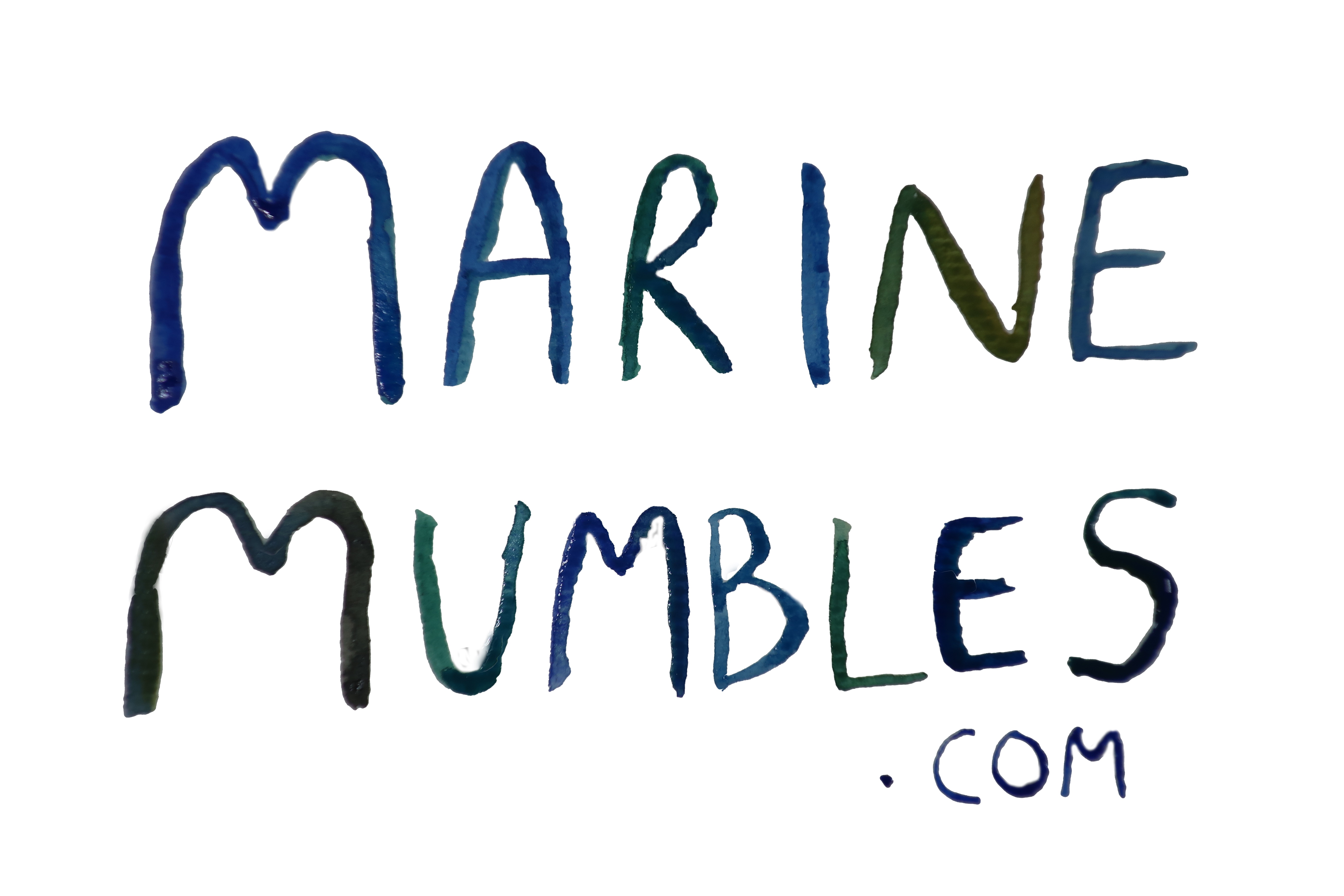Thornback rays are awesome creatures, they are the badass of the rays found in the UK! If you have ever had chance to hold one of these rays you will know why…
Now before I properly get into the post I have to mention the story of when I first got to see this species, because I have loved them ever since. Whether you agree with recreational fishing practices or not, many people grow up fishing and get into marine biology from fascination of the fish they catch. The first time I got to see one of these was its as the first time I went boat fishing with my dad, on the first cast I caught a massive 10lb thornback.
This is one of my best memories, I loved catching it with my dad and I loved compleltly surprising the more experienced fisherman on board who barely caught a thing! I just couldn’t write this post without mentioning why I adore this species so much (whether you understand why I loved catching it is another thing, but I suppose that depends on if you like fishing or not).
But by catching this thornback ray I got to see just how tough this species was. They have an amazingly cryptic pattern to blend into the sea floor. There entire body shape, like all rays, is flat (dorsoventrally compressed) so they lie close to sea floor. They then slowly move along and with their powerful jaws chomp down on any small unsuspecting species on the sand. Thornbacks are not fussy eaters and can eat small crabs, shrimp and even small fish if they get large enough. But the coolest thing about this species which is immediately obvious once holding them is their spines. The spines cover most of the back but is especially prominent down the spine, tail and where you would imagine the rays ‘eyebrows’ to be. Just holding the fish to release the hook threaded my hands, and for a good week after I had loads of tiny dents in the fingertips. The fish I caught was amazing, and truly looked like something out of the prehistoric age. The combination of the spines colours and there funny eyes also makes the fish look like its super grumpy from the top.
Now this is when my love for thornbacks grows even more, because as grumpy as it looks from the top, it looks even more happy from the bottom. Seriously look at the below picture, he’s just so happy! Juvenile rays have also become a bit of an internet hit because of how cute they get. The above pointing of a juvenile (which I of course called norman) was very fun to paint, look at the little legs (inaudible cuteness squeal).
This very happy look comes from the changes that have occurred through evolution of this species. As this species has adapted to be streamline to the seafloor, and as a result the gills and mouth now sit on the underside. Its eyes are actually at the top but the dents run through from the top to the bottom where the eyes sit. Giving a very smiley face! There a 22 other species of rays or skates found in european waters. To distinguish a thornback ray from the others can be done by the obvious fact they are very spiny. Also they have a kite body shape which helps east distinguish from the another common ray in UK waters, the common skate (Dipturus batis). Thornbacks patterns are mottled with no distinct circular dark spots, unlike the aptly named spotted ray (Raja montagui), instead they have a few pale large spots.
Thornback rays are an elasmobranch and therefore they breed by producing egg capsules called mermaid purses, which is explained more in my post about dogfish. In spring they are attached to the seafloor ready for the offspring to continue to develop before hatching. The reproduction of thornback rays, however, is a problem for the species. Thornback females can only begin to have young when they each an age between 5-8 years. This means they need to survive and grow for this long before they start increasing there populations numbers.
Recreational fisherman would probably say they thornback rays are one one the more common species to catch in the UK, and at the moment they still are quite common. However, they are flagged on the IUCN realist as near-threatened because for years they have been part of by catch from bottom trawls. The issue is that skates/rays for years haven’t needed to be identified when they are caught and all the species are bunched together, this is a problem because they do not know how many individuals from a stock are being killed. This has led to drops in the number of this species being found in the UK, especially in the North Sea which has been heavily fished. Hopefully as more emphasis is placed on this problem thornback rays numbers won’t drop anymore. But this is an example of a species whose population has suffered purely because of by catch not being a targeted fishing species. I would love to not see these happy/grumpy fish decline anymore, because I think it would do everyone the world of good to look at a baby ray from time to time (they are just too cute!)
Hopefully now you will love these grumpy/happy rays a little bit more after reading this! As always please follow me on twitter and Instagram and comment below any questions!




You make learning about fish so interesting. Norman is cute in a not cuddly sort if way!
Keep up the good work by educating us land lubber’s
Also your Art work is amazing.
Thank you, it means so much so that you can learn and like the art too! Thanks for always reading the posts every week!